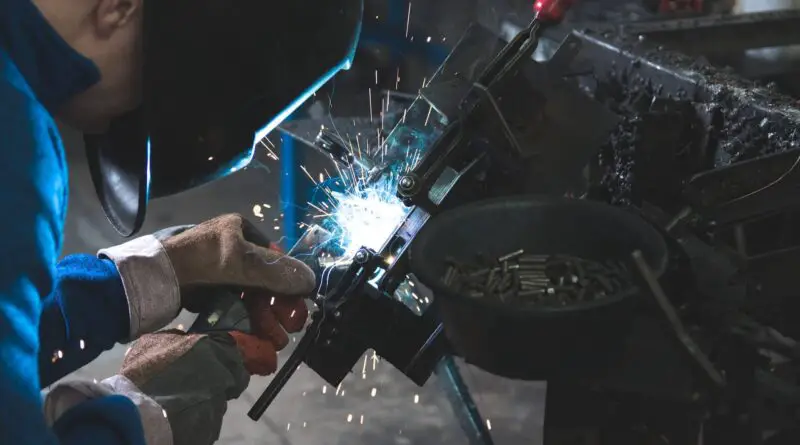How Technology Is Revolutionizing Turbomachinery
Technology has significantly improved a lot of industries, and engineering is included.
Over the years, turbomachinery has played essential roles in the advancement of civilization and has evolved to be better suited for today’s problems, all thanks to technology.
Table of Contents
What is turbomachinery?
Turbomachinery is an aspect of mechanical engineering that deals with machines that transfer energy between a rotor and a fluid.
It includes turbines and compressors. The distinct difference between turbines and compressors is that the former transfers energy from a fluid to a rotor, and the latter transfers energy from a rotor to a fluid.
Applications of turbomachinery
Turbomachinery application spans a wide range of industries, including commercial, manufacturing, military, and aerospace.
Aerospace
Turbomachinery is well used in rocket designs. One such application can be found in turbopumps which are responsible for the space vehicle’s propulsion.
Jet planes that can achieve a high rate of climb are designed using turbojets which implement turbomachinery.
Many aircraft used in fighting World War II featured turbochargers, including the Boeing B-17 Flying Fortress and the Lockheed P-38 Lightning.
Automobile
Today, the turbocharger can be found in racing, hybrid, and sport cars; but that was originally not the case.
Swiss engineer Alfred Büchi faced a considerable number of rejections before he could demonstrate with a prototype in 1925 that a turbocharger in a car can increase its power by more than 40%.
Turbochargers can be found in the 2019 Aston Martin V8 Vantage, Chevrolet Corvair Monza Spyder, Mitsubishi 3000GT VR-4, 2022 Volkswagen Passat, and 2023 Audi A3, among others.
Recreational
A popular application of turbomachinery in recreational activities can be found in fuel-powered or water-powered jet packs.
The fuel-powered jetpacks feature turbojet engines that are specially designed for vertical flights.
In water jetpacks, the water is pumped from the sea beneath to produce thrust enough to lift humans as heavy as 150 kilograms (330 pounds).
Power generation
A notable usage of turbomachinery in power generation can be found in wind turbine, which can serve residential areas with low energy consumption.
There are also reports of innovations looking at turbomachinery to maximally tap into hydropower generation by storing energy in water without building huge dams.
Technologies revolutionizing turbomachinery
VR and AR
Virtual Reality (VR) and Augment Reality (AR) are technologies that make use of 3D modelling to simulate a virtual environment turbomachinery engineers can interact with.
They allow engineers to design and repair various components of a system or machine. VR is usually used in training new engineers to offer the practicality of learned subjects instead of only trying to understand the words written on book pages.
This also reduces the budget expended on project design and training, as there will be no need to purchase the physical machine.
Google Glass, for instance, offers an augmented reality experience by allowing engineers to live stream a repair and attend to messages.
All of these can be done using motion and voice controls which means the user does not need to use their hands, a great way to reduce distraction.
Control systems
Organizations use Turbomachinery Control Systems (TCS) to monitor, maintain and optimize effective solutions.
This helps to tackle the issue of hazards by ensuring that turbines, compressors and centrifugal pumps are synchronized.
It is mainly found in power generation and upstream oil and gas.
The control systems are designed to adapt to the safety protocol and requirements of the turbomachine they will be deployed in.
Common features of TCS include:
- Temperature control: It helps to maintain the temperature in a turbine engine to avoid over-firing.
- Speed Control: Prevents the machine from operating at dangerous speeds.
- Alarms: These signals when there is a deviation from normal functioning and operation.
- Auto shutdown: Safely shut down the machine whenever there is a problem before things go out of hand.
Additive manufacturing
This is an emerging technology with lots of future potential in turbomachinery.
Additive manufacturing, also referred to as 3D printing, signifies technologies that build three-dimensional objects from computer-aided design (CAD) models in a superfine layer-by-layer fashion.
To produce an object using this technology, a design is first created using CAD or scanning a detailed image.
After this, dedicated software will translate the design into a layer by layer framework to create a pattern for the additive manufacturing machine to follow.
This technology makes possible the building of parts with complex features for machines.
Typically, traditionally building these parts and products to fit the required specification is tedious, expensive or impossible.
The ability of additive manufacturing to produce equipment with very high strength-to-weight ratios makes it a great fit for turbomachinery.




